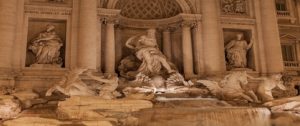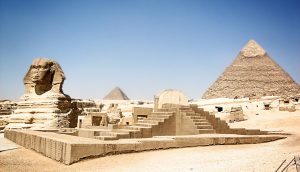Prisoners of War: Archaeology of the First World War
The First World War witnessed the capture and internment of millions of soldiers as prisoners of war (POWs). Through the view of archaeology, we can uncover the physical and personal stories of these incarcerated individuals. This article explores the archaeology of POW camps during the First World War and the valuable insights it provides into their experiences. And also Archaeology helps us learn about prisoner of war (POW) camps from World War I. Archaeologists dig up old camps to find clues about what life was like for captured soldiers. They look at the buildings, like barracks and dining halls, to see how the camps were set up. They also find personal items, like clothes and tools, and many more, this all the things helps more about their daily life. that tell us about the prisoners' lives. Sometimes, they even find writings or drawings on the walls, showing what the prisoners were thinking and feeling.




